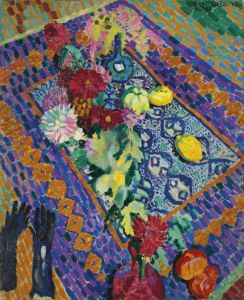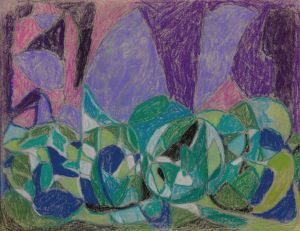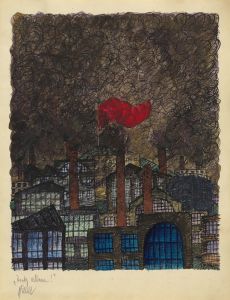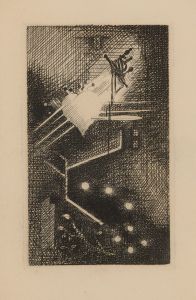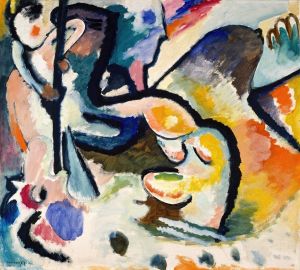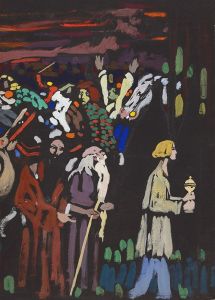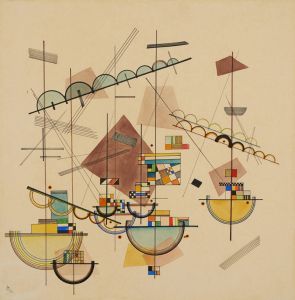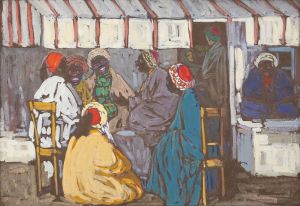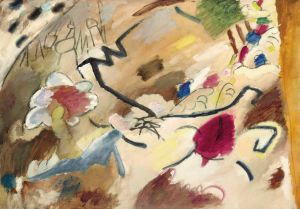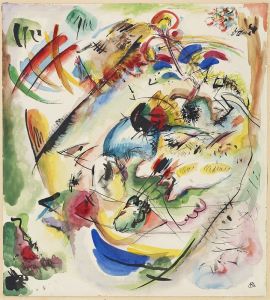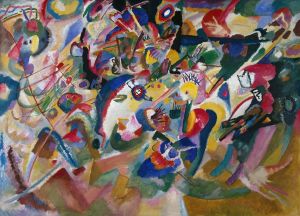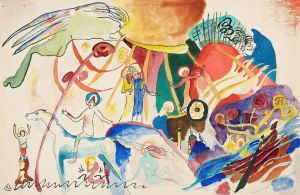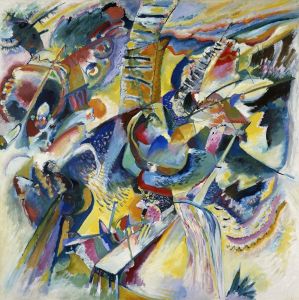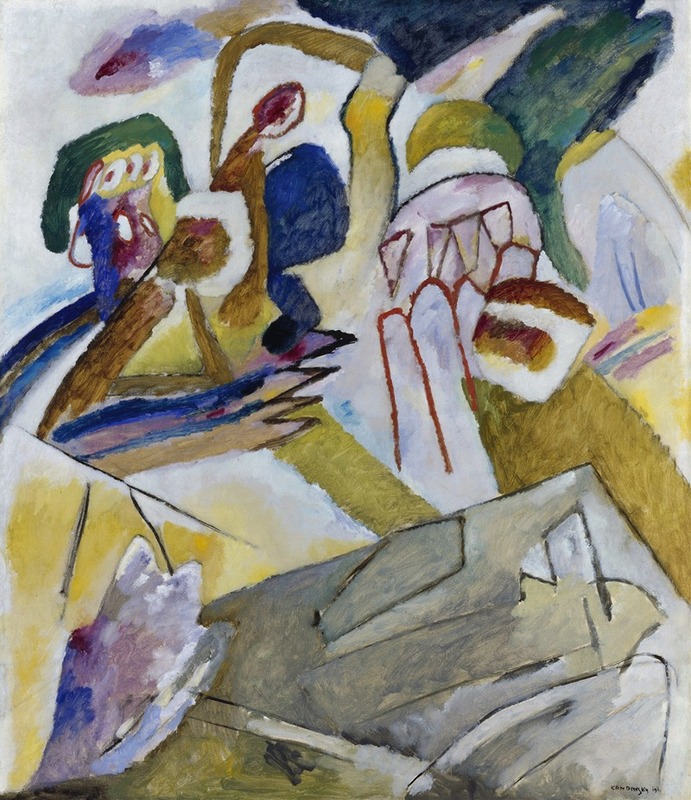
Improvisation 18
A hand-painted replica of Wassily Kandinsky’s masterpiece Improvisation 18, meticulously crafted by professional artists to capture the true essence of the original. Each piece is created with museum-quality canvas and rare mineral pigments, carefully painted by experienced artists with delicate brushstrokes and rich, layered colors to perfectly recreate the texture of the original artwork. Unlike machine-printed reproductions, this hand-painted version brings the painting to life, infused with the artist’s emotions and skill in every stroke. Whether for personal collection or home decoration, it instantly elevates the artistic atmosphere of any space.
Improvisation 18 is a painting by the Russian-born artist Wassily Kandinsky, a pioneer of abstract art. Created in 1911, this work is part of Kandinsky's series of "Improvisations," which are known for their spontaneous and expressive qualities. Kandinsky's Improvisations were a significant departure from traditional representational art, as they focused on conveying emotions and spiritual experiences through abstract forms and colors.
Wassily Kandinsky was deeply influenced by music, and he often sought to create a visual equivalent of musical compositions. In his Improvisations, he aimed to evoke the same kind of emotional response that music could elicit. Improvisation 18, like other works in the series, reflects Kandinsky's interest in synesthesia, the idea that one could experience a sense through another, such as seeing colors when hearing music.
The painting is characterized by its vibrant use of color and dynamic composition. Kandinsky employed a variety of shapes and lines to create a sense of movement and rhythm. The colors in Improvisation 18 are bold and varied, with blues, reds, yellows, and greens interacting across the canvas. This use of color was intended to evoke specific emotions and moods, aligning with Kandinsky's belief that colors had intrinsic spiritual and emotional properties.
Kandinsky's work during this period was heavily influenced by his theoretical writings, particularly his book "Concerning the Spiritual in Art," published in 1911. In this text, Kandinsky articulated his belief that art should transcend mere representation and instead express deeper spiritual truths. He argued that abstract art could communicate directly with the soul, bypassing the material world.
Improvisation 18 exemplifies Kandinsky's transition from representational art to abstraction. While some elements in the painting may suggest real-world objects or landscapes, they are not depicted in a realistic manner. Instead, they are abstracted to the point where they serve primarily as vehicles for emotional expression.
The painting is part of the collection of the Städtische Galerie im Lenbachhaus in Munich, Germany, which houses a significant number of Kandinsky's works. The Lenbachhaus is renowned for its collection of works by the artists of the Blue Rider (Der Blaue Reiter) movement, of which Kandinsky was a leading figure. This movement, active in the early 20th century, was characterized by its emphasis on color and abstraction as means to convey spiritual and emotional experiences.
Kandinsky's Improvisations, including Improvisation 18, played a crucial role in the development of abstract art. They challenged traditional notions of art and paved the way for future generations of artists to explore non-representational forms. Kandinsky's innovative approach to color, form, and composition has had a lasting impact on the art world, influencing movements such as Abstract Expressionism and continuing to inspire artists today.
In summary, Improvisation 18 is a testament to Wassily Kandinsky's pioneering role in the evolution of abstract art. Through its vibrant colors and dynamic forms, the painting embodies Kandinsky's vision of art as a means of spiritual and emotional expression, transcending the boundaries of the visible world.





